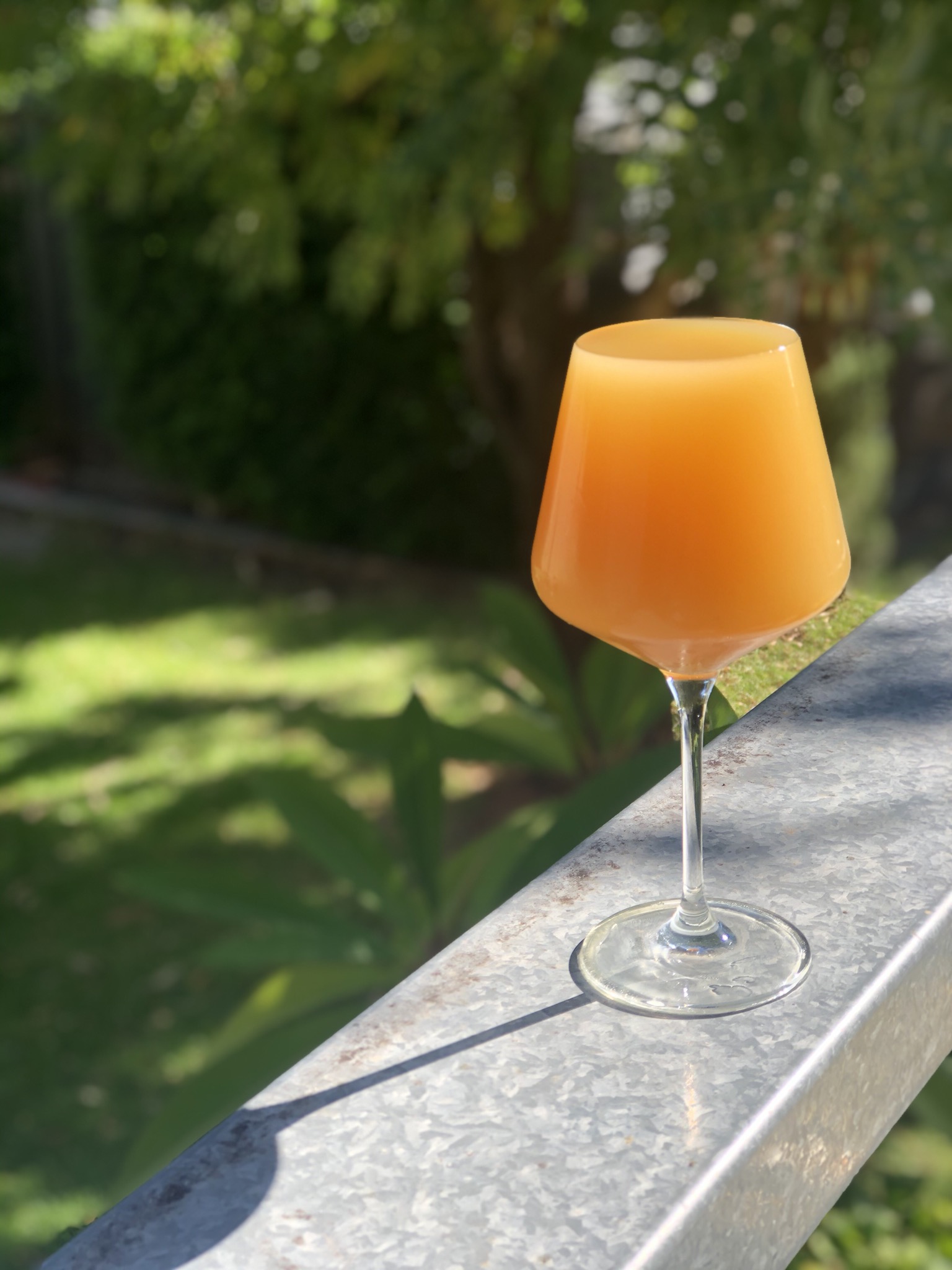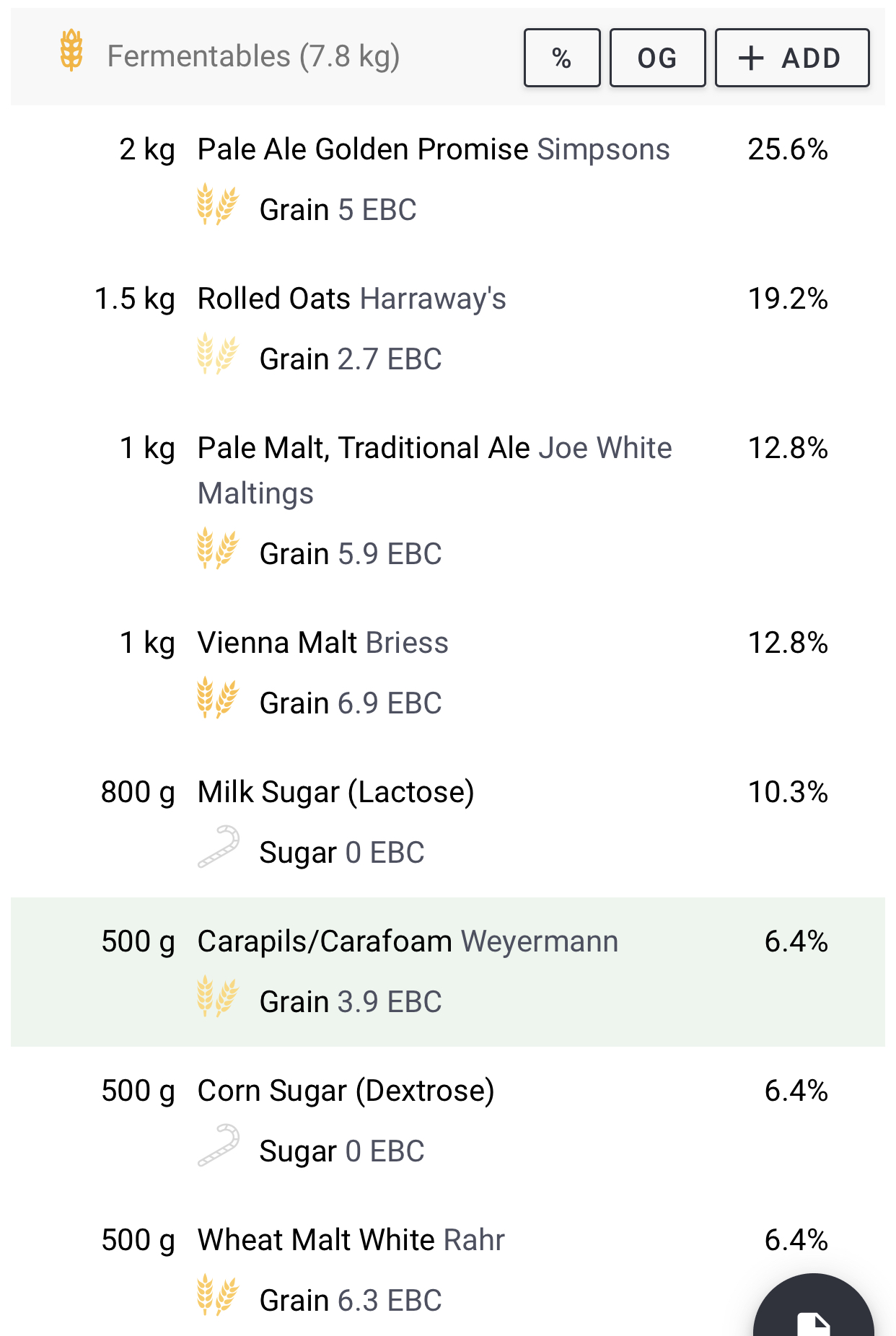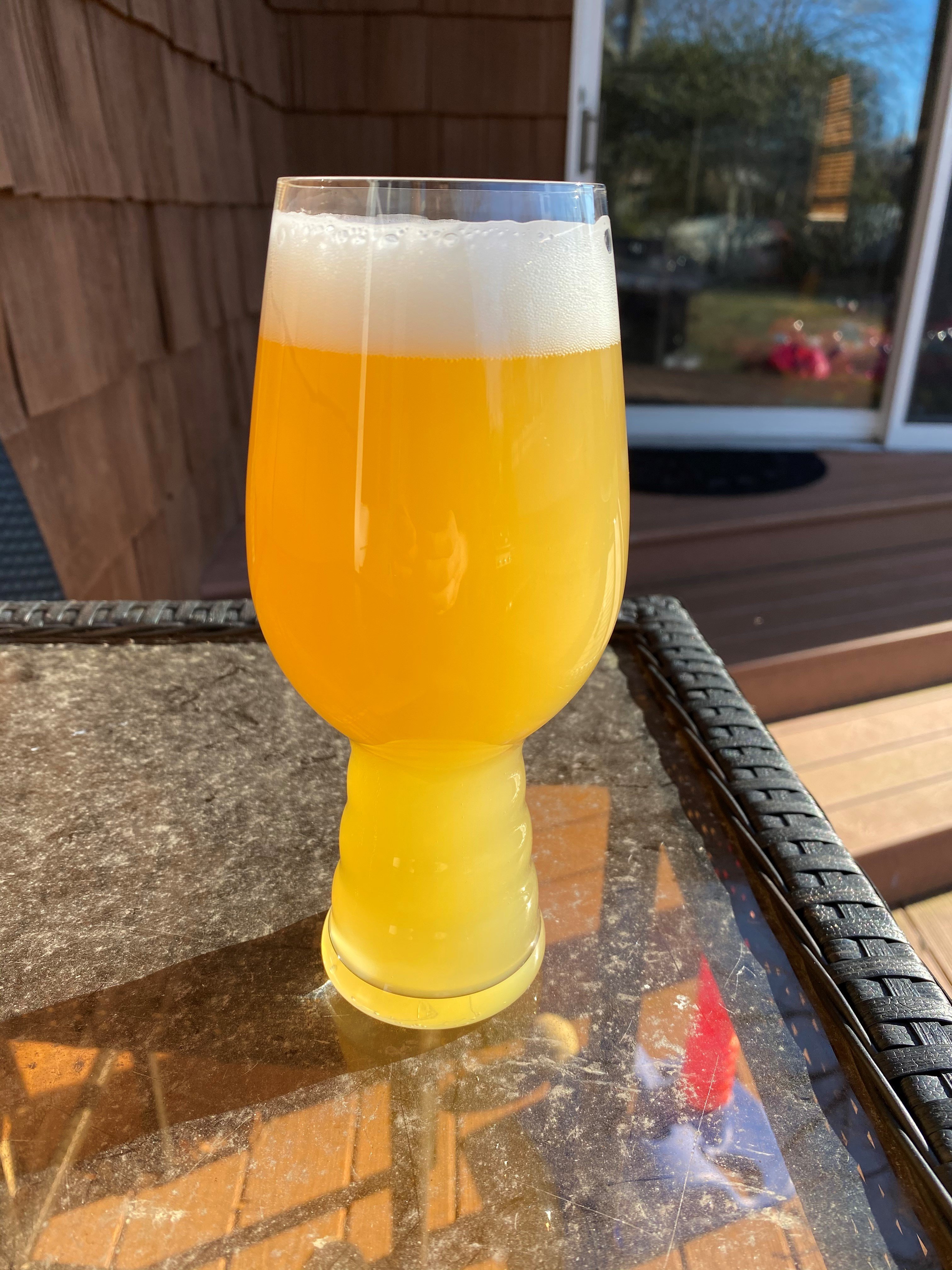Frieds
Well-Known Member
- Joined
- Aug 23, 2019
- Messages
- 154
- Reaction score
- 205
I know this has been mentioned in the past, particularly by @couchsending, but I’ve had really great results with mashing at 5.4 and then dropping to 5.1 with lactic acid in the BK (before hopping). No true side-by-sides for direct comparison, but the hop character seems to pop more without bringing accompanied bitterness. Definitely recommend it!
I re-listened to the craft beer and brewing podcast with Henry from Monkish again last week and he said that they aim for 5.0
















![Craft A Brew - Safale BE-256 Yeast - Fermentis - Belgian Ale Dry Yeast - For Belgian & Strong Ales - Ingredients for Home Brewing - Beer Making Supplies - [3 Pack]](https://m.media-amazon.com/images/I/51bcKEwQmWL._SL500_.jpg)











































